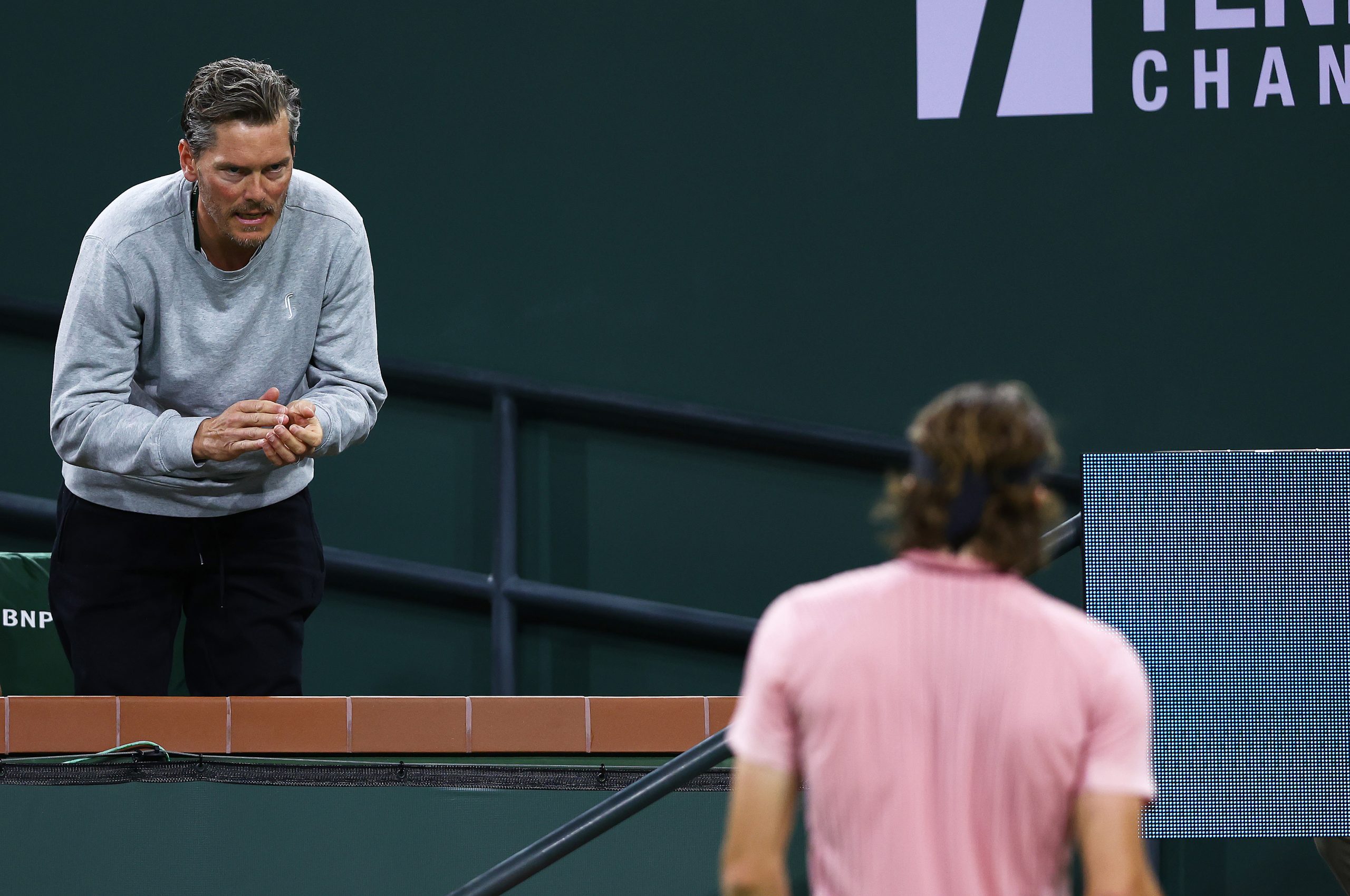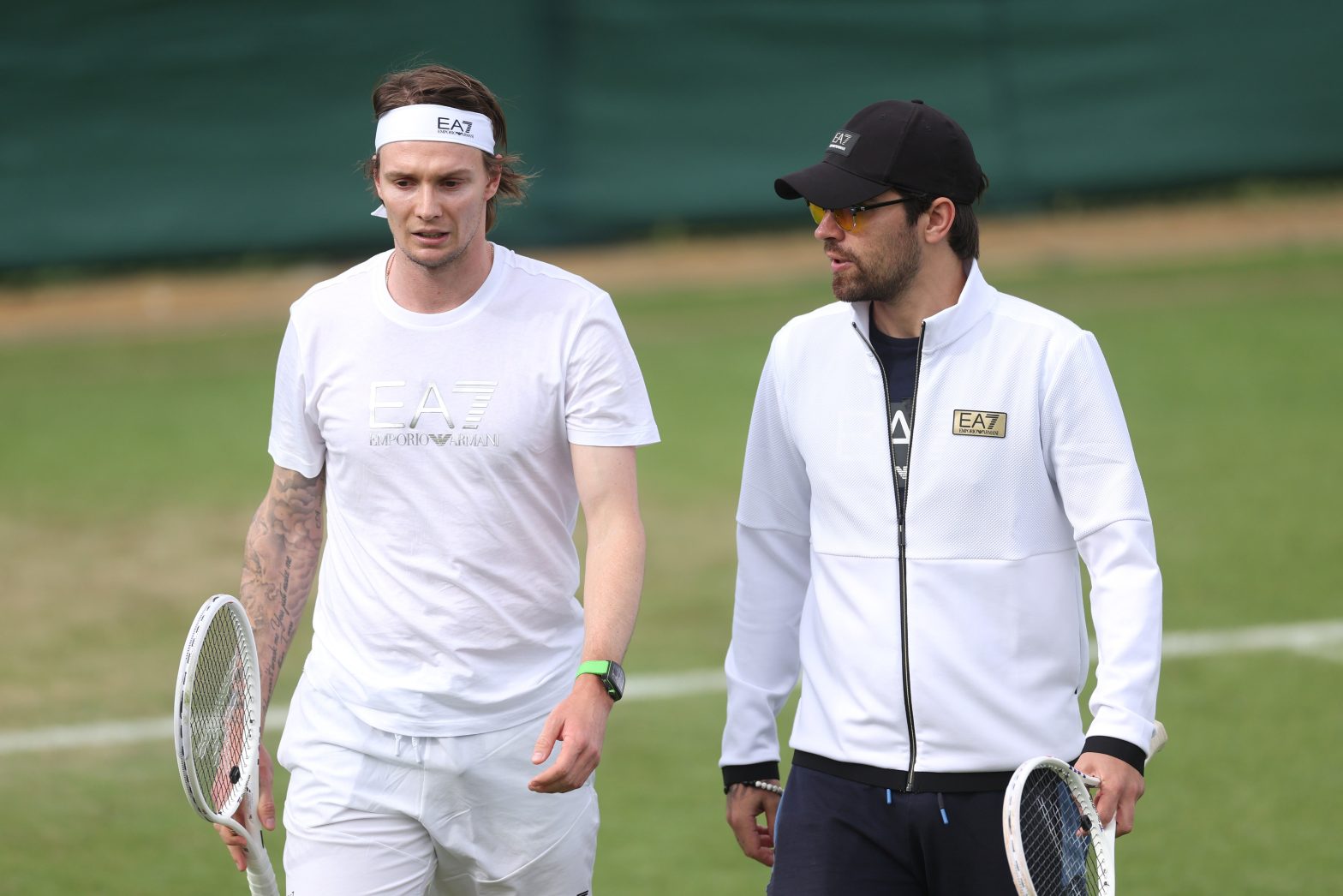At the United Cup tournament in Australia during the 2023 season, Cam Norrie and Taylor Fritz were locked in a tight match, each winning one set. Norrie’s coach, Facundo Lugones, noticed Norrie was struggling to return Fritz’s serves on the deuce side and needed to adjust his positioning. He also observed that Norrie had success serving wide to Fritz’s forehand on the deuce side, prompting him to encourage Norrie to use this tactic more. Norrie went on to win the third set 6-4, although it’s hard to attribute the victory solely to coaching, as players still had to execute their shots.
The introduction of on-court coaching in men’s tennis came in 2023, with the ATP debuting the practice during the French Open, marking it the third Grand Slam where coaching was allowed for men. The WTA has already allowed coaching in matches since 2020. Coaching during matches is regulated; players and coaches can communicate only during the 25-second breaks between points and on the side of the court where the coach is sitting. The WTA also allows a longer conversation once per set, but players can still only talk to their coaches within the allowed timeframes.
Many players, such as Fritz, have criticized on-court coaching, calling it a “dumb rule” that disrupts the individuality of tennis as a sport. Norrie, according to his coach, is not particularly fond of on-court coaching either, preferring to focus on the one-on-one battle in the game. However, when things are going well, Norrie tends to remain quiet, and coaching is minimal. On the other hand, some players, like Zhang Zhizhen, express a dislike for their coaches’ input during matches, finding it confusing or complicated.

Despite the restrictions, some players appreciate the guidance that coaching provides, especially when they are struggling. Rohan Bopanna, a top-ranked doubles player, notes that a coach can help with small adjustments, such as positioning or technique, to improve performance. Jessica Pegula ranked third in singles, says that coaching allows players to make quicker adjustments to their game plan, and Jan-Lennard Struff highlights how positive energy from the coach can be psychologically beneficial in tough moments.
For players like Hubert Hurkacz, coaching is most valuable in providing “big-picture strategy” or offering psychological support. However, he acknowledges that sometimes it is best to focus on his own game without outside input. Taylor Fritz communicates regularly with his coach, Michael Russell, who emphasizes the mental aspects of the game, such as staying positive and focusing on one point at a time. Russell also gives strategic advice, like encouraging Fritz to be more aggressive with his backhand when needed, although he avoids being overly specific to prevent causing unnecessary pressure.
Coaches, including Norrie’s Lugones, have pointed out that the limited time for communication can restrict the depth of their input. With only a few words and the noise of a stadium in the background, it’s challenging to convey complex tactical changes. As a result, much of the coaching during matches tends to focus on mental support rather than intricate technical adjustments. Lugones also believes that the ability to use data, such as live streaming match analytics, is helpful for confirming observations and could be used more extensively in matches. He even suggested allowing players and coaches more time to communicate during changeovers, as this would enhance the quality of coaching in crucial moments.
